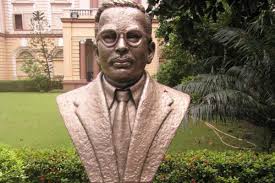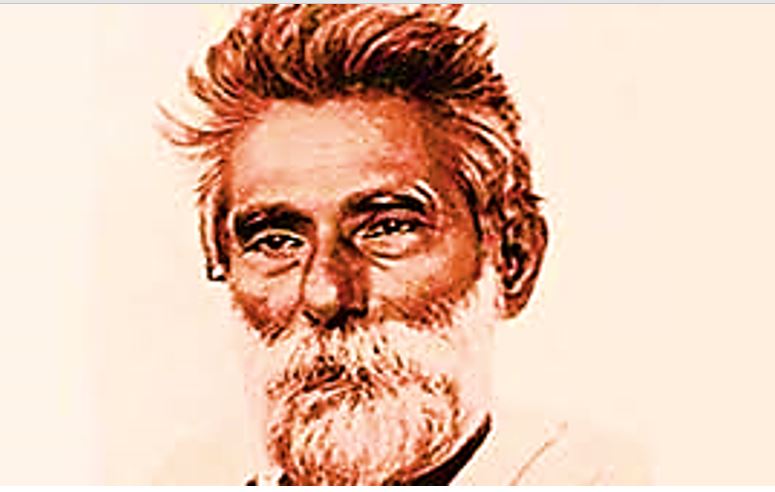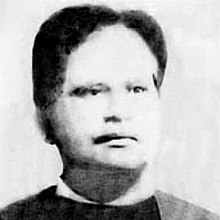ভারতের সর্বকালের সর্বশ্রেষ্ঠ (😢😢) সম্রাট ‘নিরক্ষর’ আকবর নাকি ফতেপুর সিক্রি তৈরী করেছিলেন। কিন্তু তার নীচে খুঁড়তেই একাদশ শতকের জৈন মন্দির খুঁজে পাওয়া গেছিল। তার সাথে অজস্র হিন্দু স্থাপত্য। ঐ মন্দির যখন ভারতীয়রা তৈরী করেছিলেন, তখন আকবরের পূর্বপুরুষ উজবেকিস্থানের ঘাস জমিতে ছাগল চরাত।
খনন কার্য চালাচ্ছিল ASI, কিন্তু রাজনৈতিক চাপে কাজ শেষ হয়নি। দেশের বহু মোগল/সুলতানি স্থাপত্যের নীচেই এসব পাওয়া যাবে। রাম মন্দির হোক। তারপর আস্তে আস্তে ধুলো সরিয়ে বাকি ইতিহাস উদ্ধার হবে।
২৮/০২/২০০০ তারিখের “ইন্ডিয়া টুডে” থেকে সম্পূর্ণ প্রতিবেদন তুলে দিলাম।
লিঙ্ক :
http://indiatoday.intoday.in/story/excavation-at-akbars-fort-at-fatehpur-sikri-reveals-flourishing-jain-and-hindu-habitation/1/243578.html
“Excavation at Akbar’s fort at Fatehpur Sikri reveals flourishing Jain and Hindu habitation”
(S. KALIDASNA | MONDAY, FEBRUARY 28, 2000)
A recent excavation reveals a flourishing Jain and Hindu habitation under emperor Akbar’s capital.
If you thought the story of Akbar’s fort at Sikri (that of Fatehpur fame) began with the emperor’s visit to the sufi saint Salim Chishti you may have to think again. For right under the shadow of the walls of this World Heritage Site history is being revealed all over again.
It’s a balmy spring morning and Ramesh Mulimani from Karnataka is busy consulting surveyor R.K. Tiwari about the topography of the spot. Kamei Athoilu Kabui from Manipur is 10 feet down in a freshly dug pit, scraping dust off a hearth which still shows black soot some 10 centuries after the fire was put out. Their boss, Superintending Archaeologist Dharamvir Sharma, looks pleased.
After all his hunch has paid off in an unbelievably short time. Within months of taking over as superintending archaeologist, Agra circle, in August 1999, Sharma managed to start a fresh dig in the vicinity of Akbar’s abandoned capital. Two weeks later he and his team claimed that they had excavated enough evidence to push back the antiquity of the site by several hundred years.
They had barely opened a 400-sq m mound near the village of Nagari, some half a kilometre from the ramparts of the 16th century fort, when they found a sandstone chamber filled with decapitated and broken idols of Jain Tirthankaras. Many of these displayed clearly legible inscriptions giving the dates of their consecration as being around the 11th century AD.
Then came even older finds – a red sandstone Ambika in the style of the Kushan sculptures found in Mathura’s Kankali Tila going back to the 2nd century AD, some pieces of Gupta period pottery with typical mica dust and design (4th to 5th century AD). And there was more: a fabulous Saraswati (dated 1010 AD), a fragment of an inscription in Brahmi, numerous beads, fragments of terracotta toys and utensils.
By the first week of January 2000 the local newspapers were hotly discussing the story. And soon even the director general of the Archaeological Survey of India was claiming in Delhi that “never since the time of John Marshall has such an important find been unearthed”.
Sharma offers a fascinating hypothesis. According to him an area of about 10 sq km around Sikri (called Saikarikya in Sanskrit inscriptions) has enough evidence to show that not only was there a flourishing and sophisticated habitation long before to the arrival of the Mughals, but in fact at places like Hadarani Baradari ochre-coloured pottery going back to 1200 BC have been found.
“Besides these, there are several prehistoric rock shelters in the vicinity similar to the ones near Bhopal,” says Sharma. He asserts, “There must have been a nucleus of temple culture here as we have found many Hindu and Jain idols and also references to a Jain monastery.”
Taking the cue from him, the local Jain Samaj chief and BJP treasurer Ashok Jain is now campaigning for the site to be given over to the Jain community for “restoration and conservation”. Some 500 Jain sadhus and sadhvis are expected to converge on the spot on February 27 to make the same demand.
They have also invited the Uttar Pradesh chief minister to attend their rally. Already, there are ! those who have suggested that the desecration of the Jain-Hindu site at Sikri was the doing of Muslim conquerors. But there are just too many unexplained gaps in that theory. Sharma, on his part, maintains that “historical research is an ongoing process and no one can claim to have the last word.”
One can only ‘ hope that history does not repeat its follies too often either.




